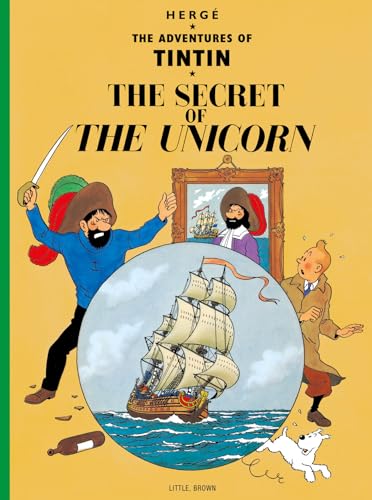
The procession of shifting perspectives is dazzling, and as we move into the story proper, with its motion capture animation, the stakes will increase-but not too much. Finally comes the humdinger, as the “camera” swoops into the back of the cab, facing our hero from the rear as he bangs on the compartment door and then kicks the rear doors open we are again drawn back, and then finally around to a long shot profile of the abandoned truck as the duo roll to a stop on the road behind it. We then pull back further for a very wide perspective as the truck travels down a steep, tree-lined road.

Next the virtual camera pulls out to show him in the same position, visible through the side of a truck hitch the same shade of red. Sequence designer Dennis Yoo creates a logic that’s more graphic than anything else, as in the following bit of business: Our hero lies flat against a green background in a clearly readable image.
The adventures of tintin movie#
Our titular hero (Jamie Bell) and his pooch-partner Snowy, of the famed Hergé comics, appear in the movie as small but distinct figures in the frame, and they bounce, run, jump and fall into various entrapments. With the opening credits sequence we jump into a formula that will follow throughout: we’re given clarity, then disorientation, then reorientation and a respite of stability before being swept back off balance. The Adventures of Tintin is a movie that hits the ground running and barely lets up. But it’s a sensory delight, and I take it as an article of faith that one of the key obligations of movie criticism is the interrogation of the senses.

I won’t argue that Steven Spielberg’s 2011 CGI film The Adventures of Tintin contains a story of any profundity, nor that it’s a significant intervention in the culture, nor that it brought me to tears.

From Tsai Ming-liang to James Cameron, a movie that entertains always carries with it-brazenly or subtly-further elements of fascination, things worth parsing beyond the issue of pleasure. As with other of her grand pronouncements, my reply, upon actual reflection, is “Speak for yourself.” Her language about planning aside, the sentence carries the implication of a position she took throughout her career: that there are movies that do nothing but entertain. “Nothing needs justification less than entertainment, but a movie planned only to entertain that fails has no justification.” That’s Pauline Kael, in one of those many bon mots of hers that seeks intuitive agreement over critical response.


 0 kommentar(er)
0 kommentar(er)
